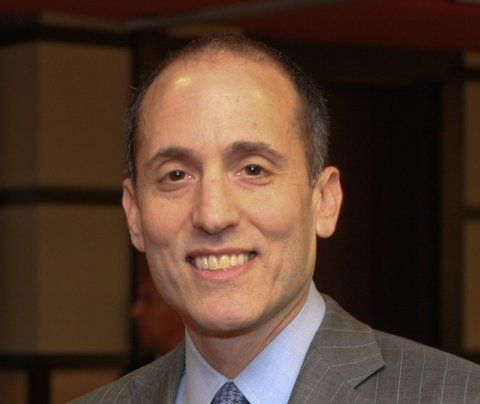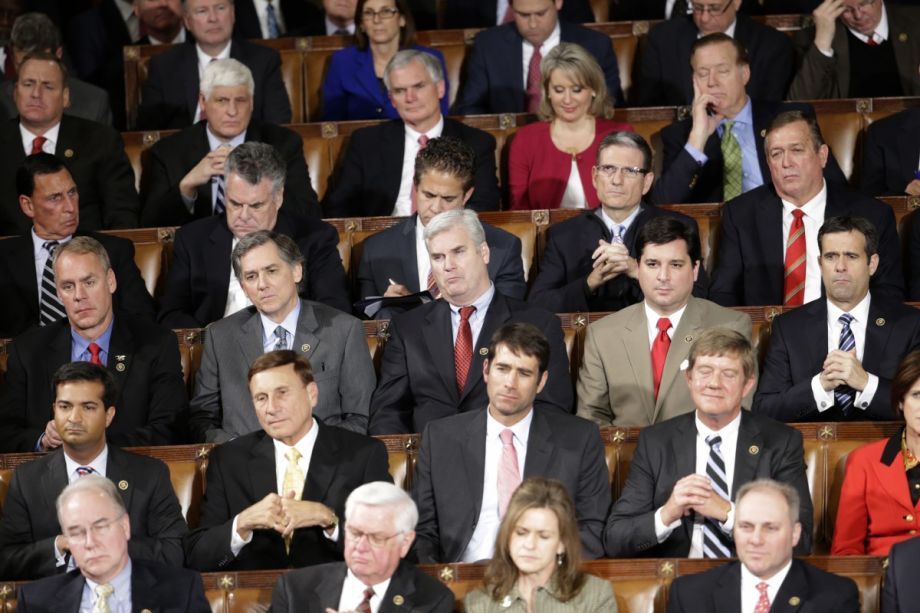If urban demographics were based solely on who is employed in government jobs, cities would be 83 percent white and 79 percent male.
As we all know, real life is more starkly diverse than that: The majority of American homes will be occupied by people of non-Anglo origin by 2050. Ben Hecht, president and CEO of Living Cities, has not just taken notice, but has begun to actively collect and share different strategies that cities have taken to catalyze more inclusive hiring of public leaders. (Living Cities is a nonprofit that advocates for low-income people in U.S. cities, and some of its foundation members are funding supporters of Next City.)
Hecht writes, “America’s cities are coming to a common conclusion — they must both hold a mirror up to challenge their traditional ways of operating and embrace race-based strategies to begin intentionally dismantling entrenched barriers to opportunity.” I spoke with him about campaigns versus a year-round push for racial equity, how to empower low-income populations and more.
Why has Living Cities taken on this issue as an area of advocacy?
The most basic reason is that when you look at when the country is going to be majority non-white and you look at how fast change has been happening, the [new] majority will have a lot less income than the current majority. It will have less educational attainment and a lot fewer of some of the basic rights like voting, because of mass incarceration.
For the good of the country we have to figure out how to change those dynamics a lot faster. That’s not the legacy we want to leave our children. Cities are ground zero for all of that, because they are where most people currently live. More than 60 percent of the U.S. population is within the urban metros and this has been growing.

Ben Hecht
In looking at Seattle as a case study, were you able to see how the city was able to get where they are today?
The mayor there [from 2002-2012], Greg Nickels, looked at who the poor were and who were the people left out of the economic boom that’s been happening in Seattle — and it was the people of color. There was a lot of evidence and data and research [that suggested] this was not caused by overt racism, but caused by structural and institutional racism.
Greg did an audit, saying, ‘Let’s have every agency look at our practices to see if what we are doing is making things worse and not better. If so, let’s fix it.’ They went through their agencies looking for things, and found some as simple as only producing notices in English. Or, they found out that when they did hold public hearings, they were only in places that were impossible to get to for communities that might have been living farther out than the town center. It just was a very common sense approach in looking at the way they operated through this lens and they took care of a lot of really low-hanging fruit.
Sometimes when you see elected officials of color in urban areas, they come from higher-income backgrounds than the areas they represent. How do you empower lower-income people of color to pursue roles in government?
Minneapolis-St. Paul is actually another one of those places like Seattle that’s putting a racial lens on how they operate. One of the things they’ve looked at is the fact that they appoint thousands of people a year to local boards and commissions — from ones that have a lot of consequence for low-income people, like zoning and land use, but also just things as simple as holiday commissions.
In the Twin Cities, they said, ‘How can we go about making sure that boards and commissions are not only representative of our population, but actually serve as a way to prepare people for public office?’ They — in partnership with a local nonprofit Nexus Community Partners — recruit, train, and help to place [people from] communities of color on boards and commissions.
How are you approaching your outreach?
We’re national and have this network of cities across the country, so what we’re trying to figure out is how can we help them do what they already want to do. Most of the cities in the U.S. know where their population is and where it’s going to be. They might know some of the racial disparities, but they don’t really know proven practices. That’s where we are really a powerful force. We see these practices across the country.
We also work with now 60 cities across the country overhauling their education systems from cradle to career through a network that’s called the Strive Together. [The Cincinnati-based program] created a very data-based approach to dealing with each stage along the continuum [from cradle to career]. We said to them, ‘Try to articulate the best approaches to doing this and see if anywhere other than Cincinnati could adopt these principles.’ We picked four more cities around the country to try it.
We’re using all of these networks and these relationships to try to figure out how do we give people practical steps to take to try to address this problem, and ideally address this faster than it would have been if left to its own devices.
Would you call this effort a campaign? And if not, why?
I would not call it a campaign. This is the way we are going to work, because this is the reality of the nation in which we are going to live.
It’s not a part-time campaign that we have funding for that’s only going to last for as long as we have funding. This is the lens with which we are doing our work moving forward.
This interview was edited for length and clarity.
The Equity Factor is made possible with the support of the Surdna Foundation.

Alexis Stephens was Next City’s 2014-2015 equitable cities fellow. She’s written about housing, pop culture, global music subcultures, and more for publications like Shelterforce, Rolling Stone, SPIN, and MTV Iggy. She has a B.A. in urban studies from Barnard College and an M.S. in historic preservation from the University of Pennsylvania.

















